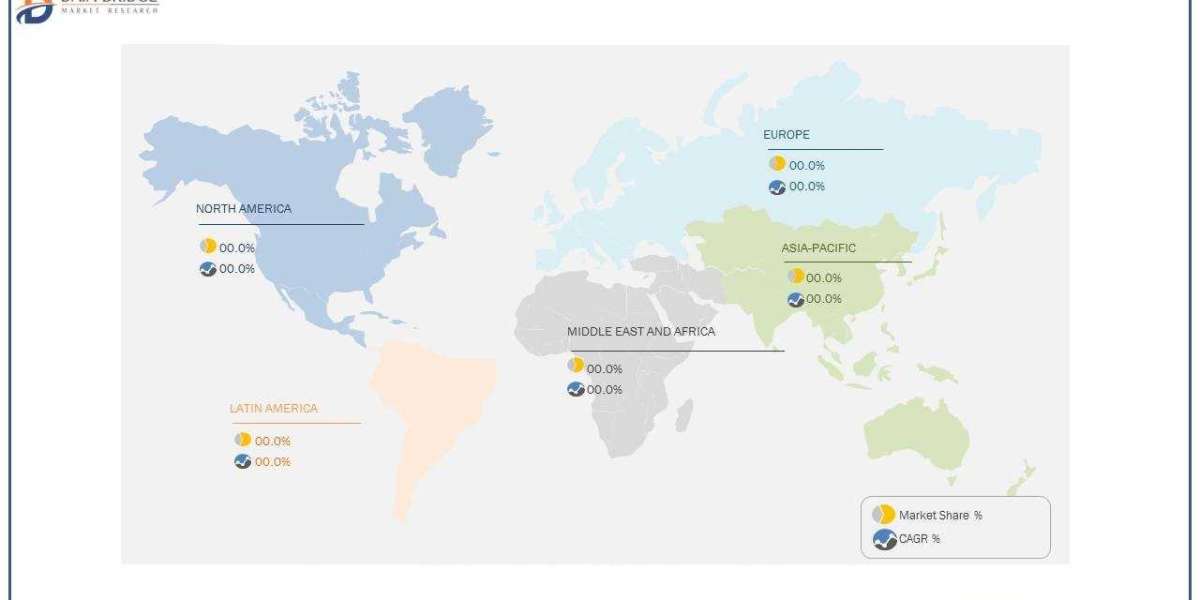Commercial real estate financing is a vital aspect of commercial real estate investing. Financing options for commercial properties differ from residential properties due to the differences in property values, income, and regulations. This blog post aims to provide a basic understanding of commercial real estate financing by discussing the following topics:
Types of Commercial Real Estate Financing
Factors Affecting Commercial Real Estate Financing
Tips for Obtaining Commercial Real Estate Financing
Types of Commercial Real Estate Financing
There are different types of commercial real estate financing options available. The most common types are:
Traditional Bank Loans: This type of financing is available through banks and other financial institutions. Banks offer both fixed and variable interest rate loans with varying terms and conditions. Traditional bank loans usually require a significant amount of documentation, such as business financial statements, tax returns, and credit reports.
Commercial Mortgage-Backed Securities (CMBS): This type of financing involves pooling a group of commercial mortgages and selling them as bonds to investors. The interest rates are fixed, and the loans have longer terms than traditional bank loans.
Bridge Loans: Bridge loans are short-term loans used to bridge the gap between a borrower's current financial situation and a long-term financing solution. They usually have higher interest rates and require collateral.
SBA Loans: The Small Business Administration (SBA) offers financing options for small businesses. SBA loans usually have lower interest rates and longer repayment terms.
Factors Affecting Commercial Real Estate Financing
Several factors can affect commercial real estate financing, including:
Property Type: The type of property, its location, and its intended use affect financing options. Properties with higher income potential, such as office buildings, hotels, and retail centers, usually have more financing options available than properties with lower income potential, such as warehouses or self-storage facilities.
Borrower's Creditworthiness: Borrowers' credit scores, debt-to-income ratios, and credit history can affect the loan amount, interest rate, and terms of the loan.
Loan-to-Value (LTV) Ratio: The LTV ratio compares the loan amount to the property's value. Lenders usually prefer a lower LTV ratio to reduce the risk of default.
Tips for Obtaining Commercial Real Estate Financing
Obtaining commercial real estate financing can be a challenging process. Here are some tips to help:
Have a solid business plan: Lenders want to see a clear business plan that outlines the property's potential income, expenses, and profits.
Build a strong relationship with lenders: Building a strong relationship with lenders can help borrowers secure financing in the future.
Shop around: Borrowers should shop around and compare different financing options to find the best terms and interest rates.
Improve creditworthiness: Improving credit scores, paying off debts, and maintaining a good credit history can increase the chances of getting approved for financing.
Conclusion
Commercial real estate financing is a crucial aspect of commercial real estate investing. Understanding the different types of financing options, factors affecting financing, and tips for obtaining financing can help investors secure the necessary funding to acquire and operate commercial properties successfully. It is essential to work with experienced professionals to navigate the complexities of commercial real estate financing and ensure a successful investment.








